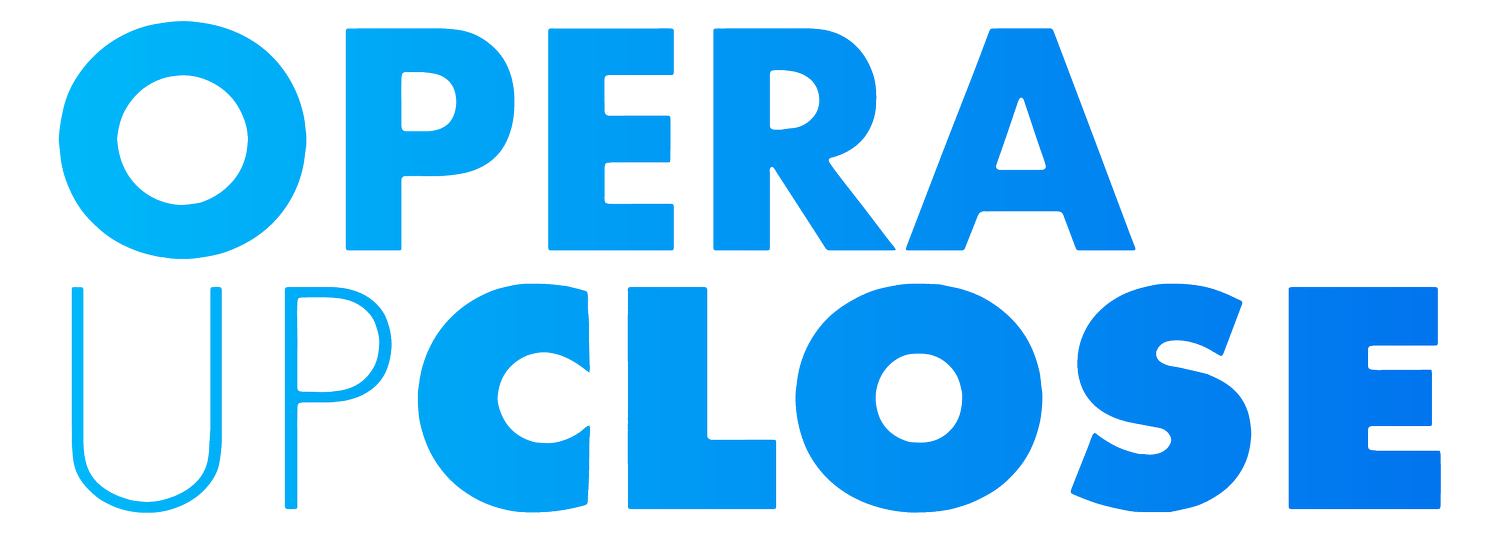In our digital age libraries’ importance as physical spaces, where people encounter tangible artefacts, is growing.
Jamie Andrews
Head of Cultural Engagement at the British Library
The British Library is not only an archive of creative practice over centuries and millennia—handwritten manuscripts of writers and composers written on everything from parchment to laptops; live performances and concerts from wax cylinders to mp3 files—but also a space to inspire, create, and showcase new works of art.
Two new pieces exhibited this summer suggest ways that the Library as a space for new work might be particularly understood. In May, we installed a new work by artist Cornelia Parker, ‘Magna Carta (An Embroidery)’, and on the summer solstice we unveiled Californian artist David Normal’s ‘Crossroads of Curiosity’ on the piazza in front of the Library building.
‘Magna Carta (An Embroidery)’ is a monumental collaborative piece, a response to the 800th anniversary this year of the sealing of Magna Carta. Not only looking back to the original manuscripts from 1215, Parker’s work equally engages with the reality of physical documents in a digital age. The 13 metre long embroidery replicates the complete Wikipedia entry on Magna Carta, and was stitched by many hands: prisoners (working with Fine Cell Work), lawyers, and judges—who have especial cause to reflect on the legacy of Magna Carta—and well-known individuals for whom some of the clauses and fragments of Magna Carta carry particular resonance (‘Liberty’ stitched by Edward Snowden, ‘Justice, ‘Denial’ and ‘Delay’ by Baroness Doreen Lawrence, or ‘Common People’ by Jarvis Cocker). ‘Crossroads of Curiosity’, meanwhile, is a suite of light-box murals created from original Victorian book illustrations that were digitised from the BL’s collections and uploaded for free reuse onto Flickr, first exhibited in 2014 at the Burning Man festival in Nevada.
Both works of course bring the past and present into surprising dialogue, in a way that our collections of more than 150 million objects can do so well.The paradox of fixing in time a constantly evolving commentary such as Wikipedia makes us reflect on the sometimes unquestioning reverence accorded iconic documents of the past in ‘Magna Carta (An Embroidery)’. Meanwhile, the collage technique of the murals of ‘Crossroads…’poses questions about the nature of historic book illustrations when removed from their original 19th century (con)text. The piece looks back to the strange juxtapositions of earlier physical cabinet of curiosities, and reflects on their legacy in a digital remix culture in which images can be uprooted from their source, reproduced, and shared on an almost infinite scale. Staging a piece originally exhibited at the Burning Man festival in the Nevada desert at the British Library in London underlines this complex consideration of context and rootedness of works of art.
Perhaps the greatest significance of these works is in the way that they speak distinctively to the contemporary relationship between analogue and digital media, and the indivisibility of material and immaterial cultures. If libraries’ core purposes are sometimes seen to be threatened by the digital age (a subject addressed by our Chief Executive at the Hay Festival, with the tentative conclusion that ‘Libraries could outlast the internet’), these pieces refute the idea of physical and digital as opposing binaries, and instead demonstrate so brilliantly the messiness and slipperiness between the two.
In the case of David Normal, hundreds of thousands of 19th century illustrations from physical books were digitised and uploaded to Flickr, discovered by the artist, who then turned them back into a physical art piece. For ‘Magna Carta (An Embroidery)’, Cornelia Parker took an intangible artefact—a Wikipedia entry—and then made it, literally, material. The multiple hands that stitched the piece were responding to the collaborative nature of a wiki article, and the final piece was a playful mise en abyme in which her physical manifestation of a digital artefact subsequently generated a new online article about itself back on Wikipedia.
At the same time as library collections are being digitised—or are increasingly digital to start with—, their importance as a physical spaces where people encounter tangible artefacts is only growing. What these two pieces demonstrate is that far from being a digital age, ours is a gloriously uncertain (and thus far more interesting) hybrid moment. Rather than competing with each other, the physical and digital elide into one another, mutating from one to the other…and back again. Libraries as hybrid concepts are leading the way in acknowledging this unresolved tension that impacts on so much of contemporary culture, and can be the perfect showcase for artists, such as Cornelia Parker and David Normal, who bring these questions to life so brilliantly.
